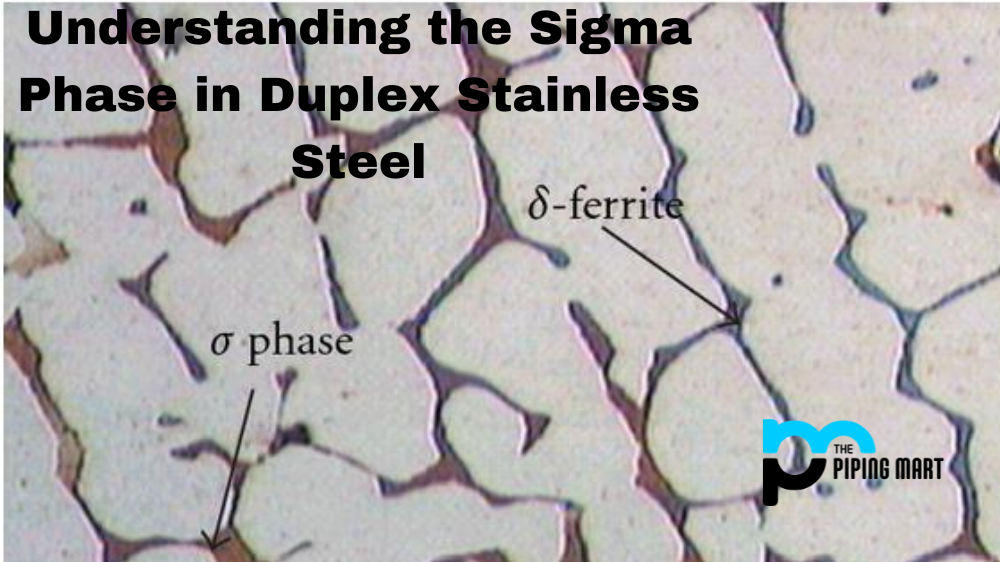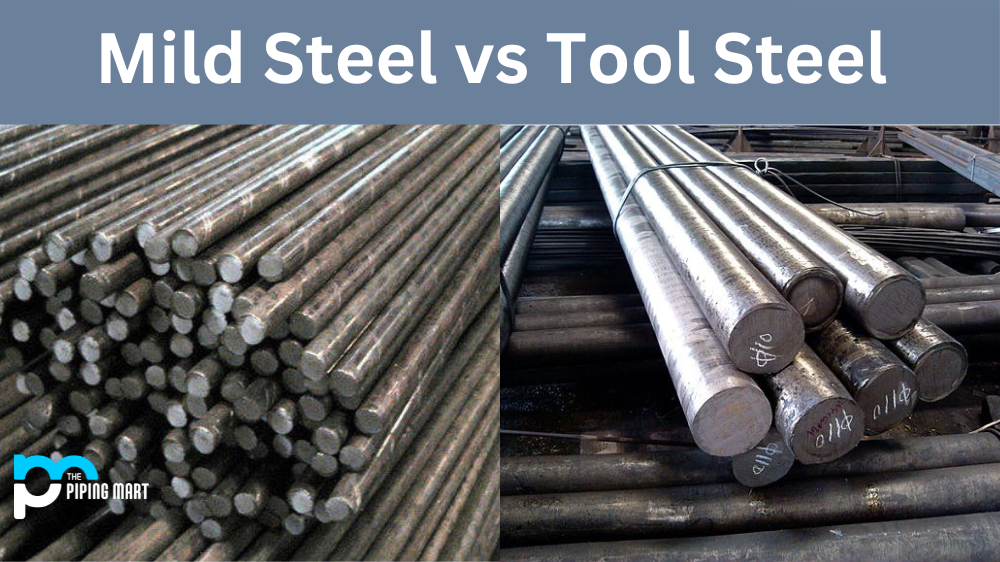Steel is one of the most durable and reliable materials used in various industries worldwide. Depending on its purpose and application, it is available in different types and forms. Among the most commonly used are billet steel and cast steel. But as a buyer or manufacturer, you might wonder which kind of steel best suits your project. In this blog post, we’ll delve deeper into the differences between billet steel and cast steel and provide expert insights on why billet steel is seemingly better than cast steel.
What is Billet steel?
It is a type of steel processed through hot rolling or continuous casting, resulting in a long rectangular shape. Its manufacturing process involves heating the metal to a high temperature and pressing it into shape.
What is Cast Steel?
On the other hand, cast steel is manufactured by melting iron, steel, and other materials together and pouring the molten mixture into moulds, then cooling and solidifying into the desired shape.
Difference Between Billet steel and Cast steel
- Billet steel is a type of steel that is produced by hot rolling a cast steel ingot or bloom. This type of steel is characterized by its high strength and toughness.
- Cast steel is a type of steel that is produced by pouring molten steel into a mould. Its high flexibility and wear resistance characterizes this type of steel.
- Billet steel typically has a higher carbon content than cast steel, which gives it superior strength and hardness properties. However, billets are more difficult to produce than casts and typically have shorter lifespans.
- Cast steel typically has a lower carbon content than billet steel, which gives it superior flexibility and wear resistance properties. However, casts are more difficult to produce than billets and typically have shorter lifespans.
- In general, billet steel is better suited for applications that require high strength, while cast steel is better suited for applications that require high flexibility or wear resistance.
Advantages of Billet Steel
One advantage of billet steel over cast steel is its ability to perform tensile, elastic, and yield strength. The continuous casting process of billet steel makes it much more uniform in its mechanical properties than cast steel, which is prone to casting defects, such as porosity and inclusions. Billet steel’s uniformity of properties enables manufacturers to design stronger and lighter components, resulting in better performance, durability, and longevity. Billet steel’s manufacturing process is also less prone to contamination or impurities than cast steel due to the latter’s casting process. Since billet steel is processed in a closed system, it has fewer chances of impurities and other contaminants being introduced from the environment. Therefore, billet steel undergoes fewer quality checks and treatments than cast steel, subject to more stringent testing and treatments. Another advantage of billet steel over cast steel is its cost-effectiveness. Billet steel’s continuous casting process allows manufacturers to produce high-quality identical products, making it more cost-effective. On the other hand, Cast steel requires more time, effort, and resources in manufacturing, quality checks, and treatments, raising production costs. As a result, billet steel is much cheaper than cast steel, making it a more affordable choice for manufacturers.
Advantages of Cast Steel
Increased Strength
Cast steel is an alloy that is composed of carbon and iron. This combination results in a much stronger material than either of its individual components. The increased strength of cast steel makes it an ideal material for various applications, such as the construction of buildings and bridges.
Increased Durability
The increased strength of cast steel makes it more durable than other materials. This means that it is less likely to break or crack under stress. Additionally, cast steel is resistant to wear and tear, making it an ideal material for products subject to heavy use.
Improved Corrosion Resistance
Another advantage of cast steel is its improved corrosion resistance. When exposed to air and water, iron will rust quickly. However, adding carbon to the iron creates a barrier that prevents oxygen and water from reaching the metal, thus preventing corrosion.
Improved Machinability
Cast steel is also easier to machine than other materials. This means it can be cut, shaped, and drilled relatively easily. This is important for applications requiring precision, such as automotive and aerospace.
Increased Ductility
Ductility refers to a material’s ability to deform under stress without breaking. While all steels are ductile to some degree, cast steels have higher flexibility than other types of steel. This makes them ideal for applications where flexibility is required, such as in the construction of pipelines.
Increased Malleability
Malleability refers to a material’s ability to be hammered or rolled into thin sheets without breaking. Like flexibility, all steels are malleable to some degree, but cast steels have higher malleability than other types of steel. This makes them ideal for applications where thin sheets are required, such as in the production of automobile body panels.
Economical Production
Another advantage of cast steel is that it can be produced economically in large quantities. This is because it requires a different level of processing than other materials. For example, cast iron must be melted and poured into moulds, which requires much energy and time.
Conclusion:
In conclusion, billet steel offers several benefits over cast steel, including better uniformity of mechanical properties, greater durability and longevity, fewer impurities and defects, and cost-effectiveness. Its manufacturing process allows manufacturers to produce identical products in large quantities, which, coupled with its superior mechanical properties, makes it a better choice for heavy-duty, high-performance applications. Although cast steel has advantages, billet steel is increasingly becoming preferred in several industries, such as automotive, construction, and aerospace. As a buyer or manufacturer, knowing these differences can help you make an informed choice when selecting the right steel type for your project.

Abhishek is a seasoned blogger and industry expert, sharing his insights and knowledge on various topics. With his research, Abhishek offers valuable insights and tips for professionals and enthusiasts. Follow him for expert advice on the latest trends and developments in the metal industry.




